I grew up in and around the library. My earliest memory was the ‘Bookmobile’ arriving in the neighborhood and going inside the and seeing all of the books. It looked something like this.

Later we moved into the country and away from the typical services of the day like cable TV. But free entertainment was always in order so weekly, we would go to the library to check out books and participate in the periodic reading programs. Our closest library was integrated into the middle school and so I could check out books while at school. I would say that I probably averaged a book a week for years.
As I got more busy in life, reading changed a little for me. I don’t spend hours on the weekend reading. I switched my tactics from checking out books to buying books so that I wasn’t constrained by a due date and the urgency to finish. In the last five years of so, the library has crept back in to my life.
My kids were taking karate for a few years and the library was right across the street. I would go in and kill an hour by scanning through the periodicals of interest. After they lost interest in karate, I started sneaking in to get free seeds and I found the annual reading challenge. I started reading for pleasure again.
I suppose the question is why the Library? First of all, Benjamin Franklin established one of the first libraries in this country. Of course, I want to be like him. But more seriously, there are a couple of benefits that I will mention that I use.
- We are already paying for it with our taxes, be it county or city or region.
- It is eco friendly. I try to ask myself ‘Will I ever use this again once I read it’? The answer is almost always no. I also try to buy used whenever possible as well because the last person probably only read it once as well.
- I like to scan through magazines that if I bought, I would feel more obligated to read. At the library, I have no commitment.
- On magazines, there are a lot of titles that I enjoy, but it doesn’t make sense to have 20 subscriptions.
- They have movies and music on disk. Titles that are ten years old are in the sweet spot of hard to find streaming.
- I can get a whole garden’s worth of seeds (free). I can also get seeds when they are gone from the stores. Starting my fall garden, I can get things that I didnt plan for in the spring.
- Friends of the Library sell used books for a dollar. I have picked up cookbooks that I am interested in, like Rick Bayless for cheap.
- They have great summer programs for kids, especially the real young ones like 2-4 year range.
- If you are willing to wait, the internetwork of libraries have a lot more titles available then what is in the local libraries and will ship to your local library for pickup.
- Internet access, printing and copying are available.

I think I could come up with at least five more, but I will leave it at that. I suppose the best reason to do it is that I enjoy it and that is the best reason of them all.
Change Your Programming Routine: In a world with so many choices of entertainment and knowledge, the Library may seem passé. Sometimes you can get to the information faster than waiting for shipping or more in depth than an internet article. Don’t overlook the library as a resource.

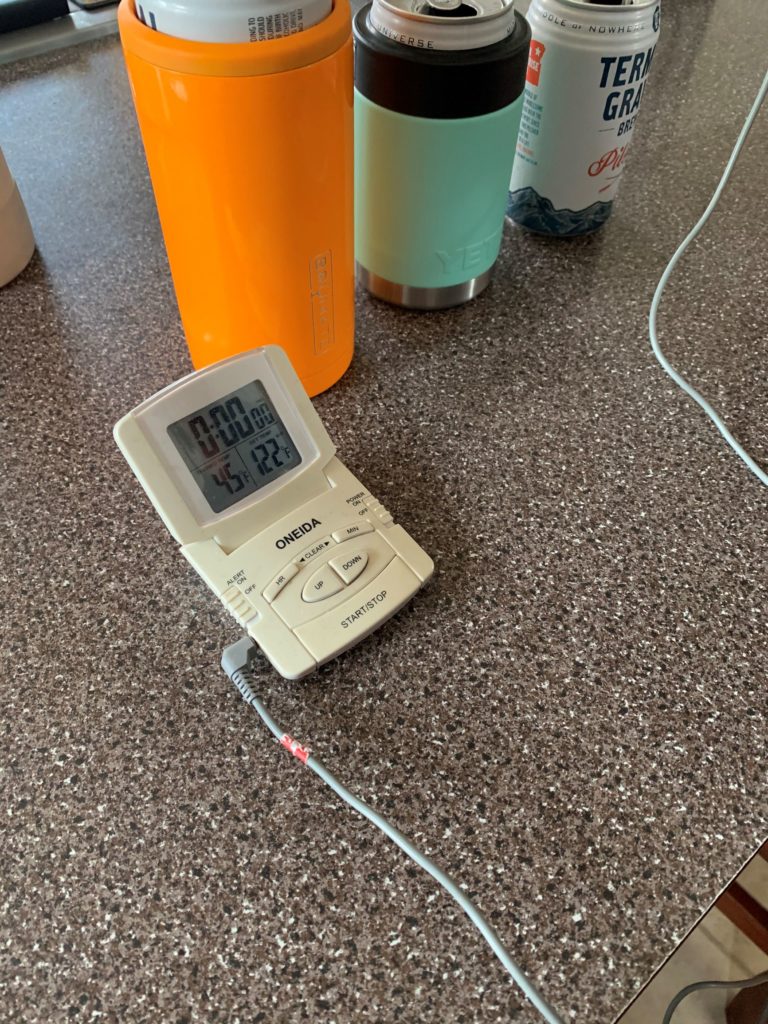


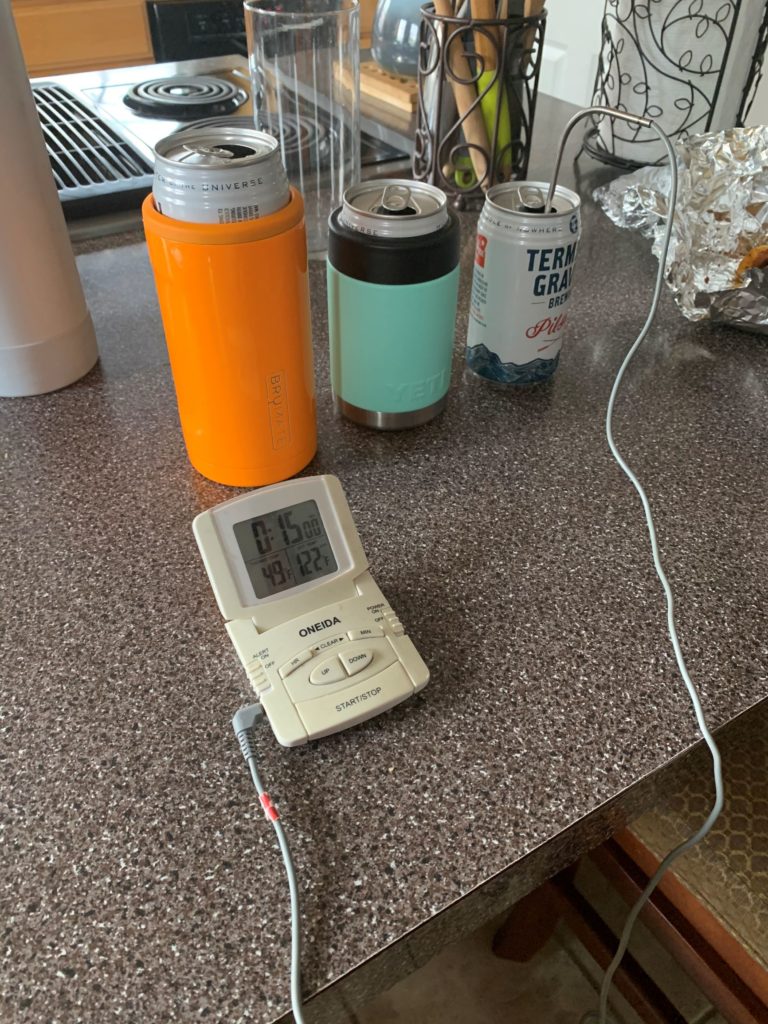


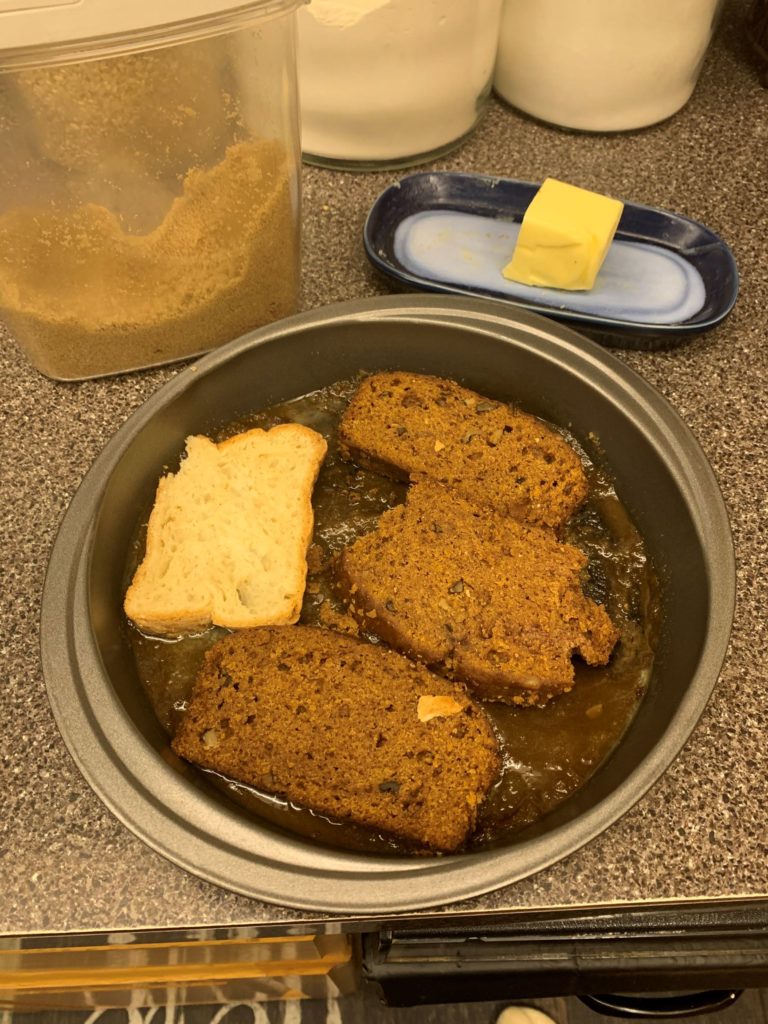

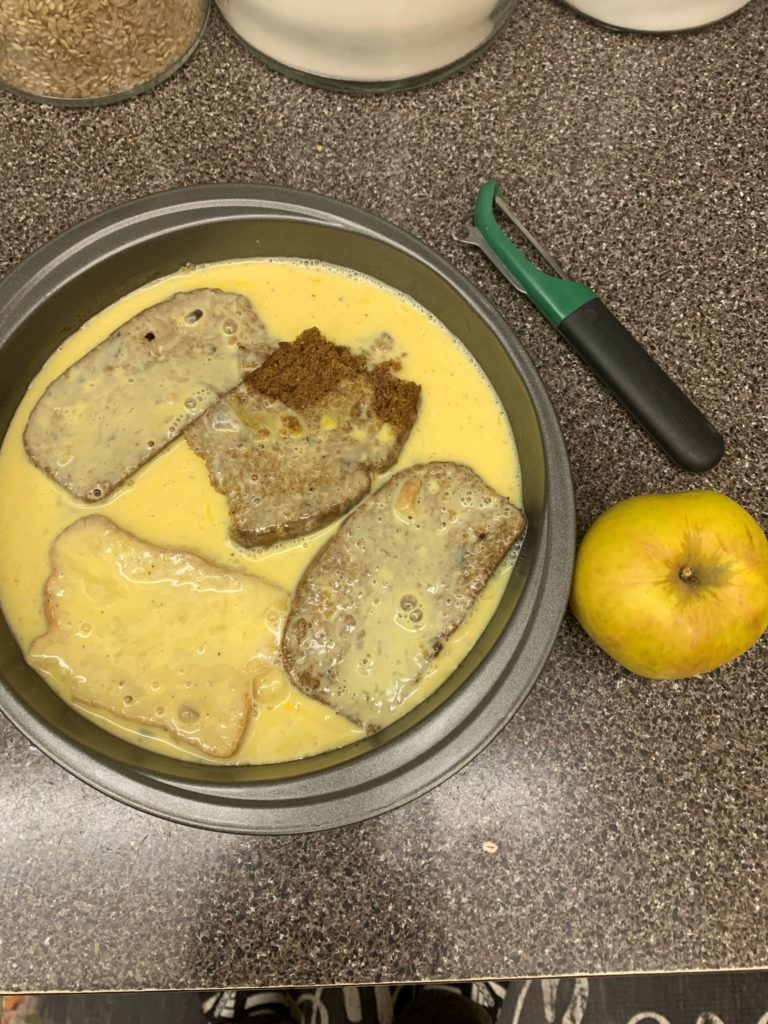
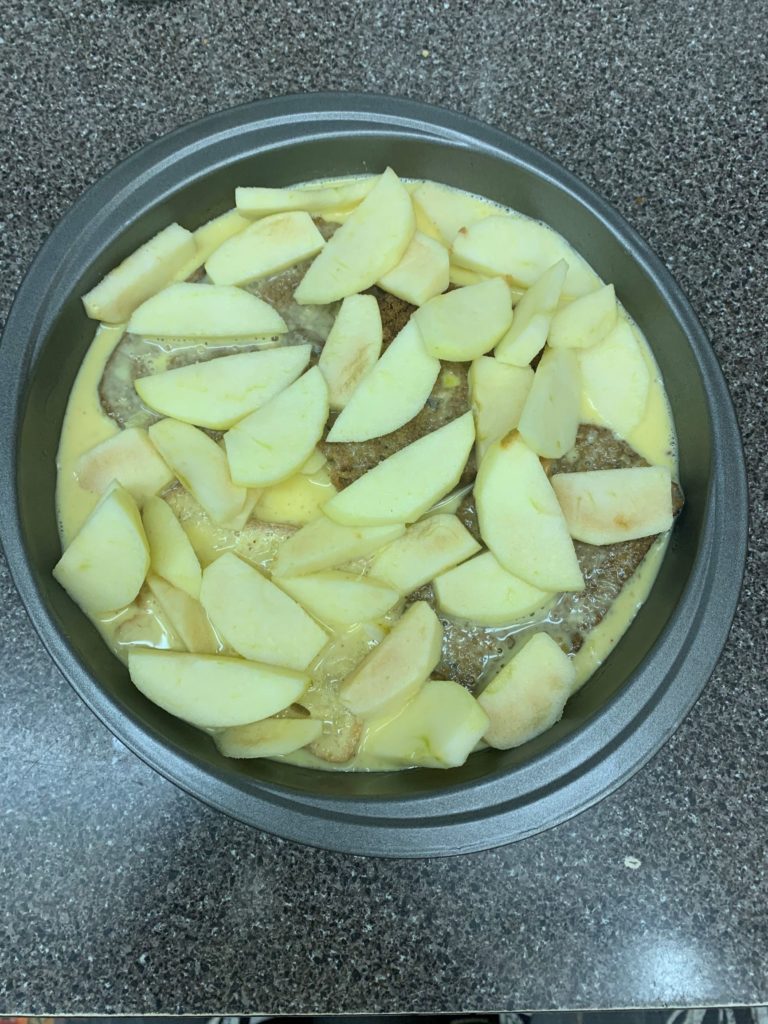



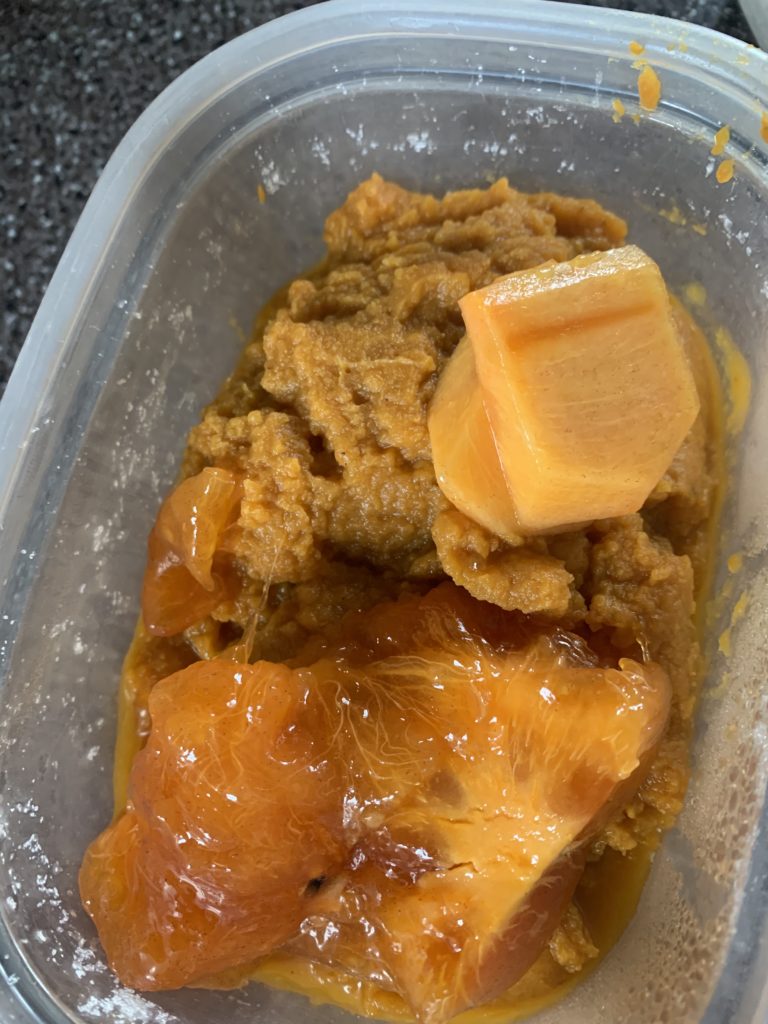
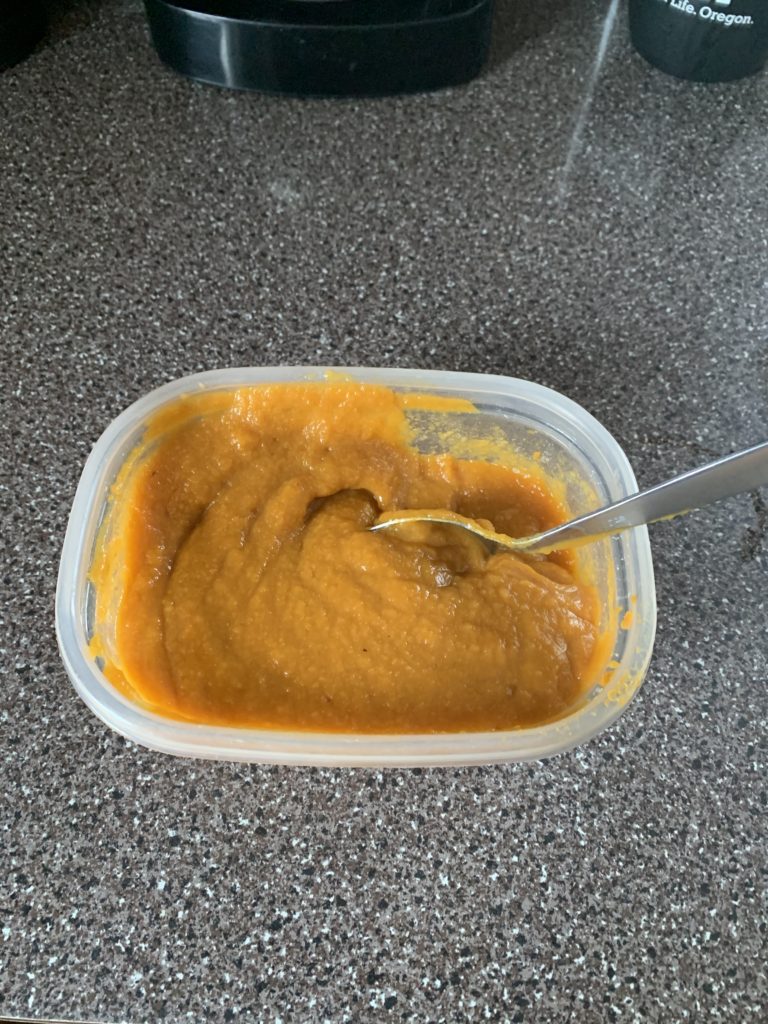


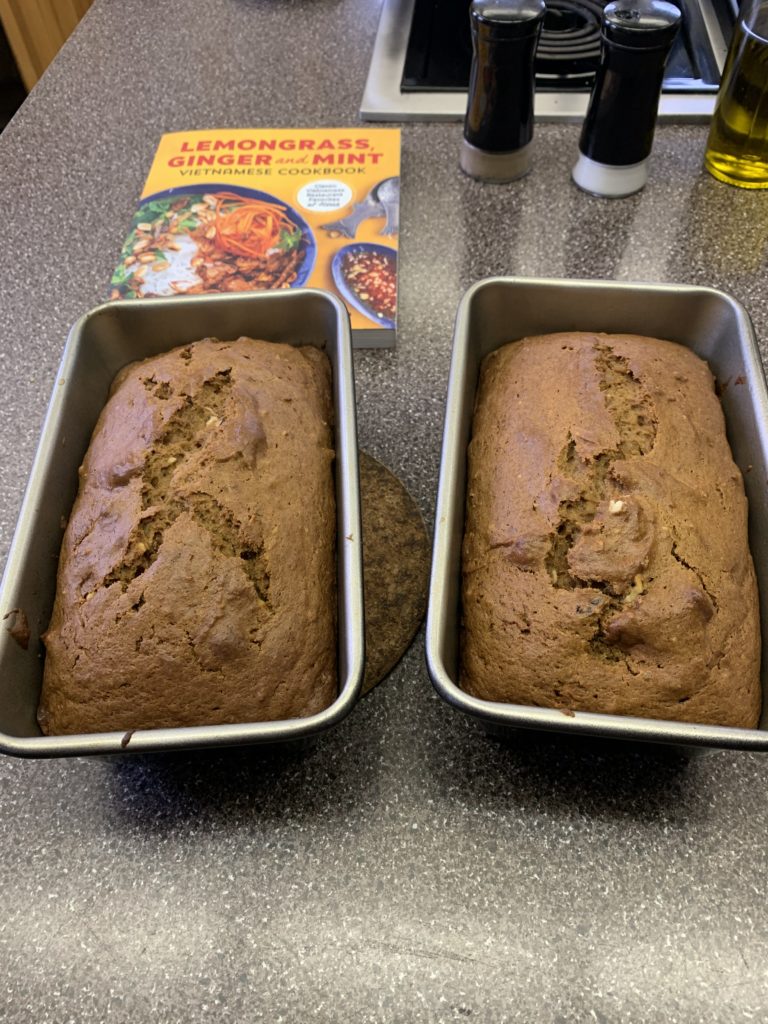
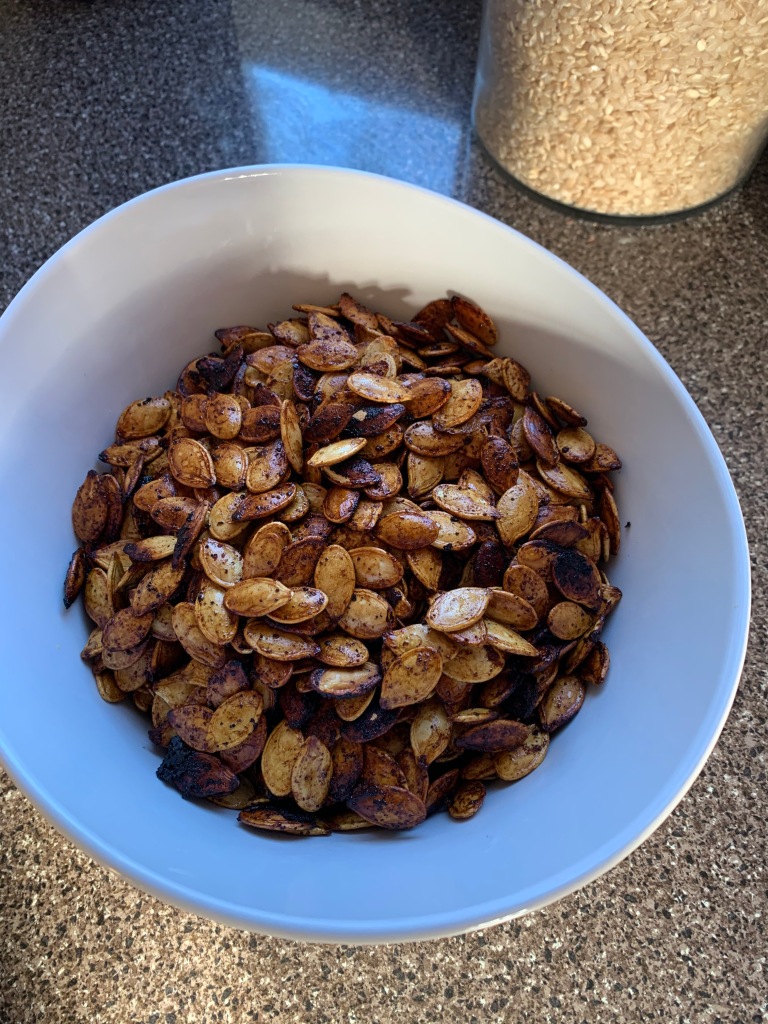
















Recent Comments